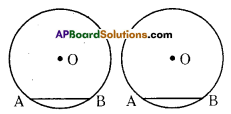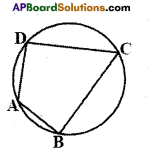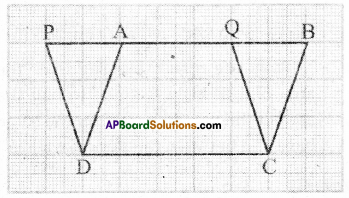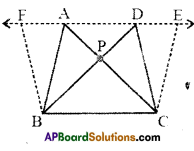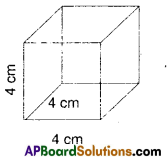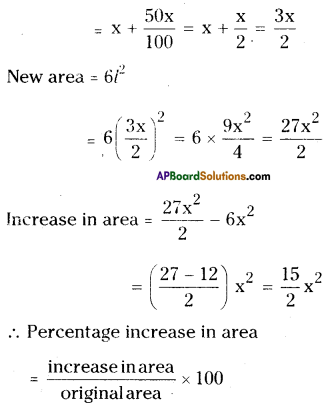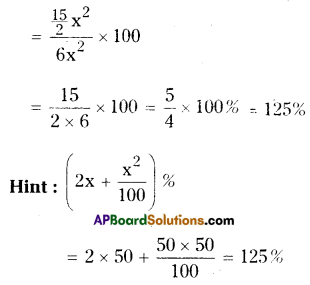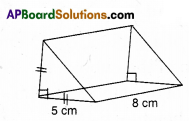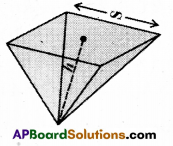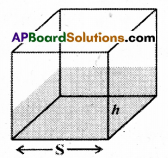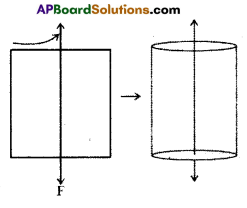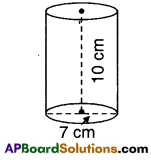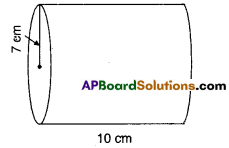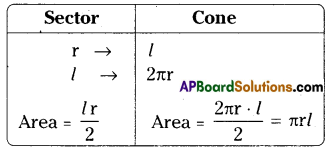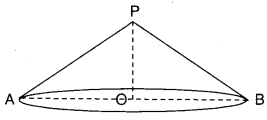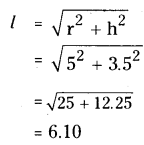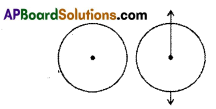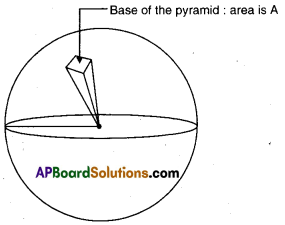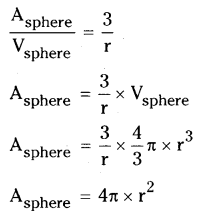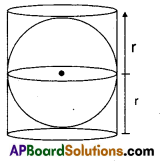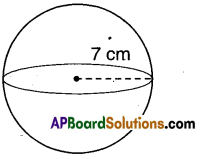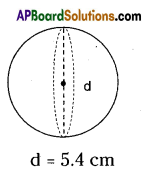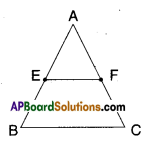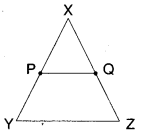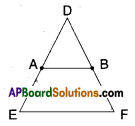AP State Syllabus AP Board 8th Class Maths Solutions Chapter 2 Linear Equations in One Variable Ex 2.1 Textbook Questions and Answers.
AP State Syllabus 8th Class Maths Solutions 2nd Lesson Linear Equations in One Variable Exercise 2.1
![]()
Question
Solve the following Simple Equations:
(i) 6m = 12
(ii) 14p -42
(iii) -5y = 30
(iv) – 2x = – 12
(v) 34x = – 51
(vi) \(\frac{n}{7}\) = -3
(vn) \(\frac{2x}{3}\) = 8
(vui) 3x+1 = 16
(ix) 3p – 7 = 0
(x) 13 – 6n = 7
(xi) 200y – 51 = 49
(xii) 11n + 1 = 1
(xiii) 7x – 9 = 16
(xiv) 8x + \(\frac{5}{2}\) =13
(xv) 4x – \(\frac{5}{3}\) = 9
(xvi) x – \(\frac{4}{3}\) = 3\(\frac{1}{2}\)
Solution:
i) 6m = 12 ⇒ m = \(\frac{12}{6}\) ⇒ m = 2
ii) 14p = – 42p ⇒ P = \(\frac{-42}{14}\)
∴ p = -3
iii) -5y = 30 ⇒ y = \(\frac{30}{-5}\) = -6
∴ y = -6
![]()
iv) -2x = -12
⇒ 2x = 12
x = \(\frac{30}{-5}\)
= 6
∴ x = 6
v) 34x = -51
⇒ \(\frac{-3}{2}\) = \(\frac{-3}{2}\)
∴ x = \(\frac{-3}{2}\)
vi) \(\frac{n}{7}\) = -3
⇒ n = -3 x 7 = -21
∴ n = -21
vii) \(\frac{2x}{3}\) = 18 ⇒ 18 x \(\frac{3}{2}\) = 27
∴ x = 27
![]()
viii) 3x + 1 = 16
3x = 16 – 1 = 15
3x = 15
x = \(\frac{15}{3}\)
∴ x = 5
ix) 3p – 7 = 0
⇒ 3p = 7
∴ p = \(\frac{7}{3}\)
x) 13 – 6n = 7 ⇒ -6n = 7 – 13
⇒ -6n = -6 ⇒ n= \(\frac{-6}{-6}\)
∴ n = 1
xi) 200y – 51 = 49
⇒ 200y = 49 + 51
⇒ 200y = 100
⇒ y = \(\frac{100}{200}\)
∴ y = \(\frac{1}{2}\)
xii) 11n + 1 = 1
⇒ 11n = 1 – 1
= 11n = 0
⇒ n = \(\frac{0}{11}\) = 0
∴ n = 0
![]()
xiii) 7x – 9 = 16
⇒ 7x = 16 + 9
⇒ 7x = 25
∴ x = \(\frac{25}{7}\)
xiv) 8x + \(\frac{5}{2}\) = 13

![]()
xv) 4x – \(\frac{5}{3}\)
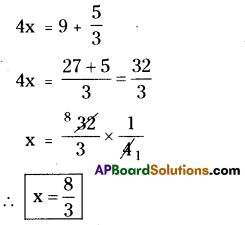
![]()
xvi) x + \(\frac{4}{3}\) = 3\(\frac{1}{2}\)
⇒ \(x+\frac{4}{3}=\frac{7}{2}\)
⇒\(\frac{7}{2}-\frac{4}{3}=\frac{21-8}{6}\)
∴ x = \(\frac{13}{6}\)
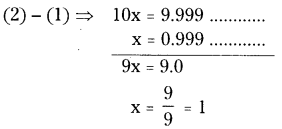
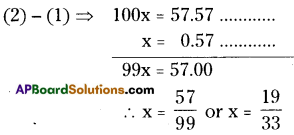
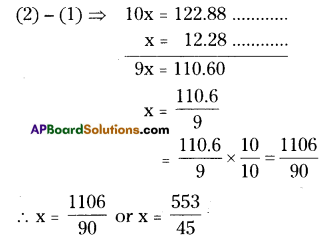

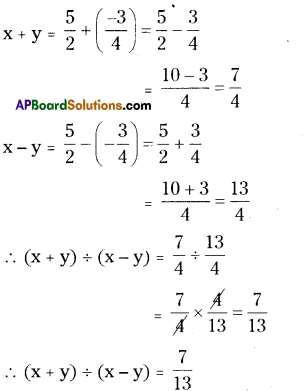
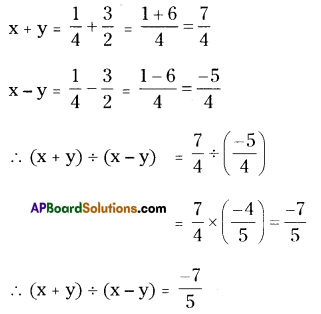
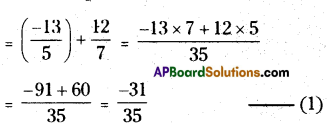

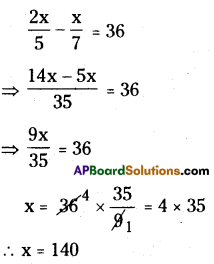

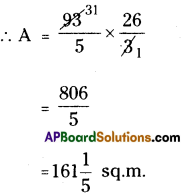





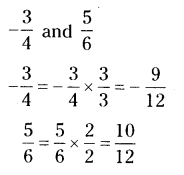


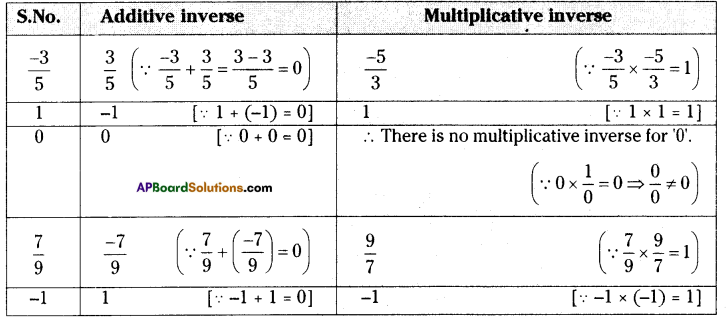
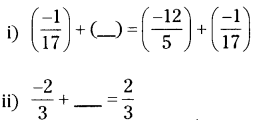

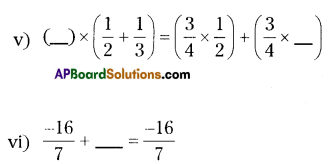
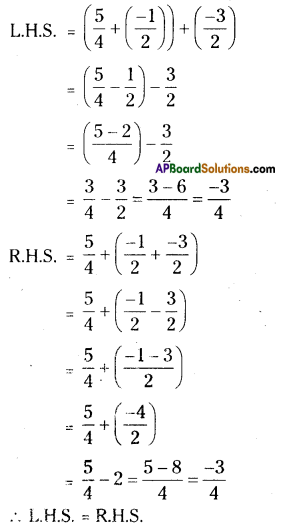
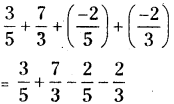
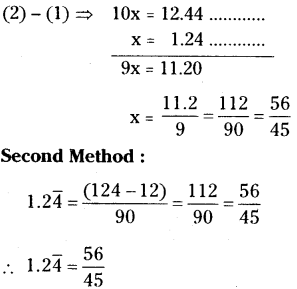
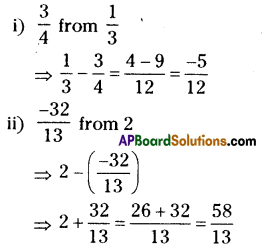
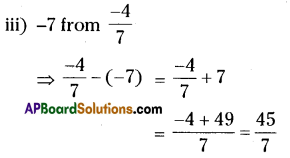

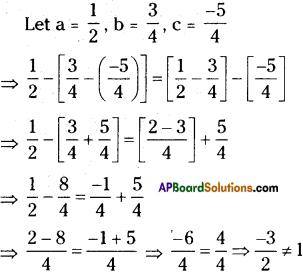
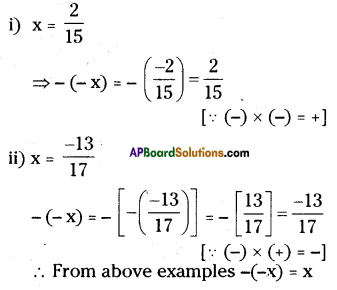
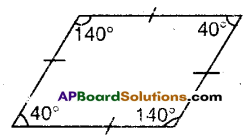


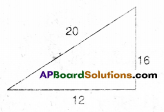
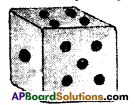

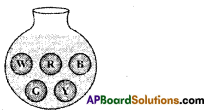

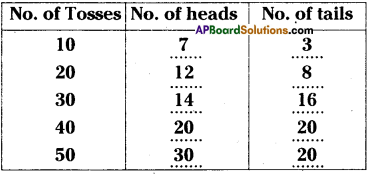
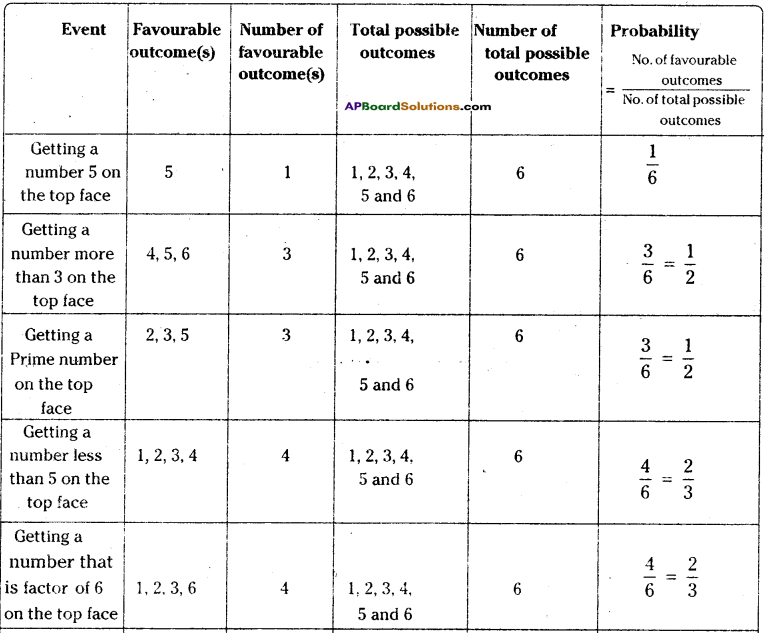

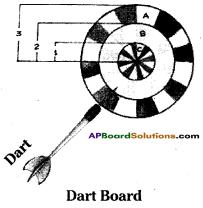
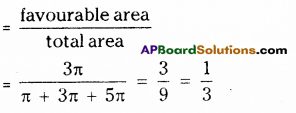

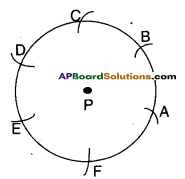

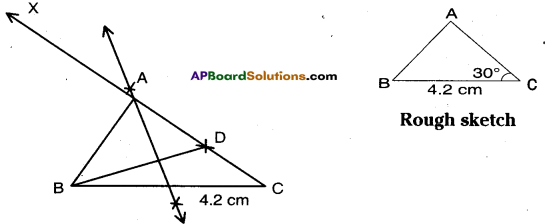

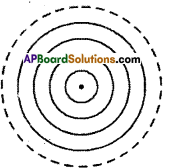
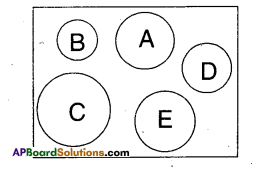
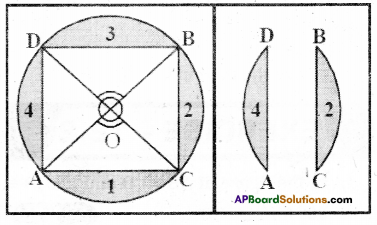
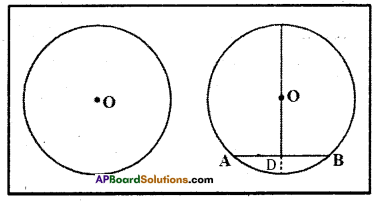
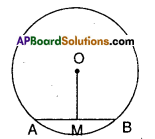 [Page No. 267]
[Page No. 267]
